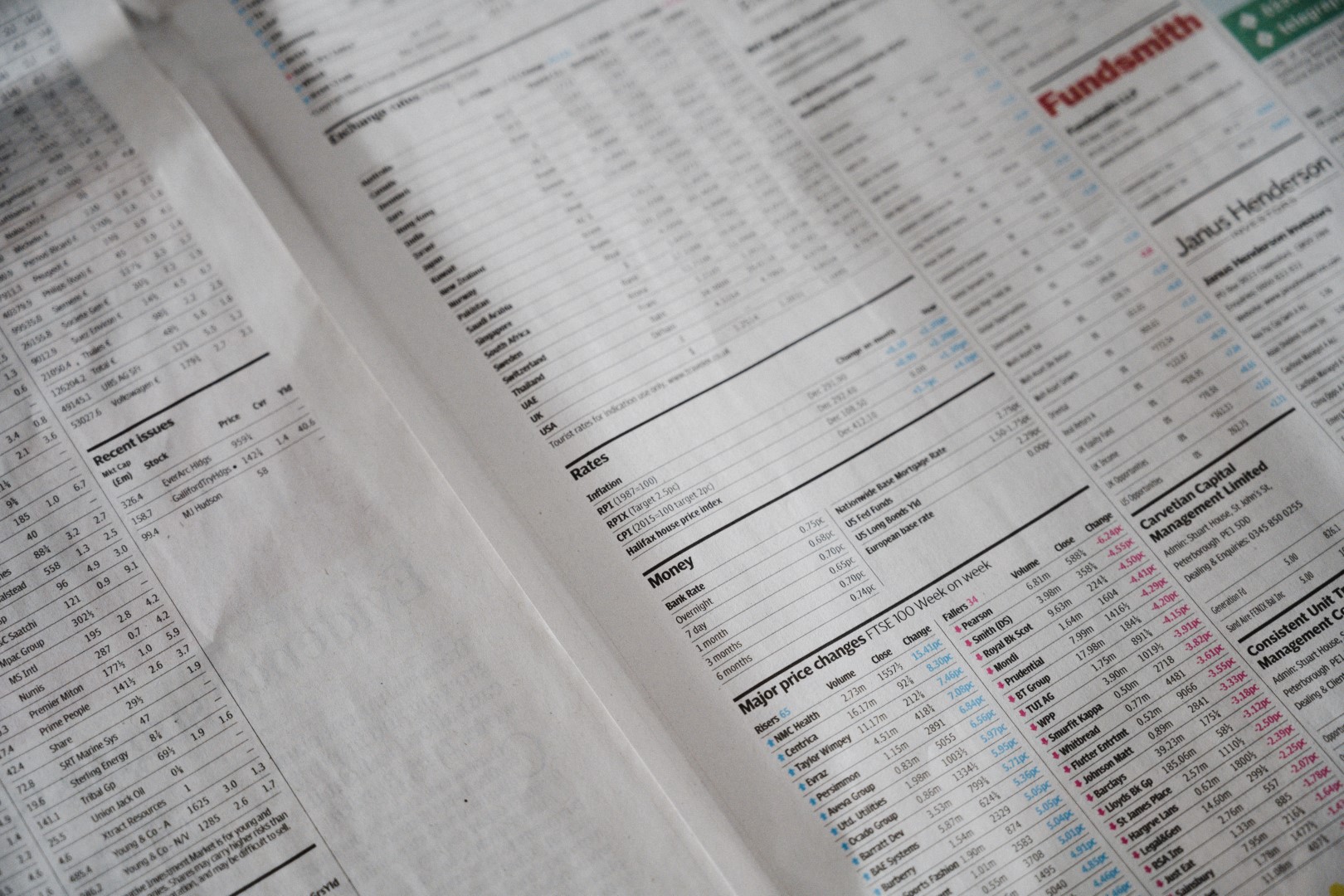Closet indexing: how to avoid funds that do this
Closet indexing can a problem for investors in active funds. Here’s how you can detect it.
Closet indexing can a problem for investors in active funds. Here’s how you can detect it.

Active mutual funds are expected to beat their benchmark indices as much as possible. For this, they charge higher fees (called Total Expense Ratio or TER) compared to index funds (which give returns comparable returns as the benchmark at much lower fees).
Active funds construct their portfolios in two ways:
The fund manager starts with first the economy and the benchmark index and
Here the fund manager starts with a collection of stocks first and builds a portfolio from the ground up by
Passive funds i.e. index funds simple buy stocks (or bond) in the index in the same proportion as the index and maintain that at every rebalancing period.
Given the way the two funds are constructed, active funds are expected to give higher returns than index funds, after expenses
Closet indexing happens when an active fund’s portfolio is very close to the underlying benchmark. This leads to two problems:
This is essentially a form of the agency problem. An investor is paying high fees in the belief that the fund manager is doing everything possible to beat the index, but in reality, the fees are being pocketed while keeping the portfolio very close to the index.
While it is easier to lead to closet indexing in the case of top-down portfolio construction, the phenomenon is present even when portfolios are constructed in a bottom-up approach. The phenomenon is more prevalent in mutual fund categories where it is increasingly difficult to beat the index like large-cap funds.
This is can be found in two ways:
Go to
Calculate the number called active share using this data. Active share measures how “active” the fund portfolio is. This figure will be close to zero for index funds and a high figure for active funds. Closet indexers will be in the middle. If a fund claims to be an active fund and the active share is on the low side (or falling with time) then it is a closet indexer. It means that the fund manager is finding it challenging to beat the index which is giving high returns and is justifying their existence by closely hugging the index. The investor is being taken for a ride.
Active share = 1/2 of sum (absolute difference of (weights in fund and weights in index)).
Assume the following funds and index compositions:
where A, B, C are stocks and the numbers beside are weights. Then
where abs(10-20) = abs (20-10) is the absolute value function.
Here it is very clear that X is making some effort in “active” investing by choosing another stock C that is not there in the index while Y is hugging the index with the same stocks and very similar weights. While it cannot be predicted which fund X and Y will outperform the index in the future, X is asking for 0.8% extra expenses over the index fund while for Y it should be difficult to justify the extra 0.6% TER over the index fund for not doing much at all.
Another measure, called R-squared, can be used to quickly filter for closet indexing funds. R-squared will tell you how much the fund returns are similar to the index returns. Higher the R-squared figure (between 0 to 100%), the more closely the fund tracks the index and is likely to be a closet indexer. Portals like Valueresearchonline have this number for all equity funds. When calculating R-squared, and if the figure is low, check that the right index is chosen to calculate R-squared.
When choosing new active funds or reviewing existing active funds, investors should review
This indicates the fund is slowly becoming more and more index-like. This should be an important part of the mutual fund review process. Closet indexing is one of the reasons investors should consider investing in index funds for the majority of their holdings.
1. Email me with any questions.
2. Use our goal-based investing template to prepare a financial plan for yourself.Don't forget to share this article on WhatsApp or Twitter or post this to Facebook.
Discuss this post with us via Facebook or get regular bite-sized updates on Twitter.
More posts...Disclaimer: Content on this site is for educational purpose only and is not financial advice. Nothing on this site should be construed as an offer or recommendation to buy/sell any financial product or service. Please consult a registered investment advisor before making any investments.
This post titled Closet indexing: how to avoid funds that do this first appeared on 24 Jun 2021 at https://arthgyaan.com